After taking time to digest this news and read the countless identical articles written about it (no doubt many at the hands of AI themselves), I have decided to throw my opinion into the ring.
What justifies me giving an opinion? – I’m human, and I’m a writer, two qualities that make me feel distinctly under threat by AI.
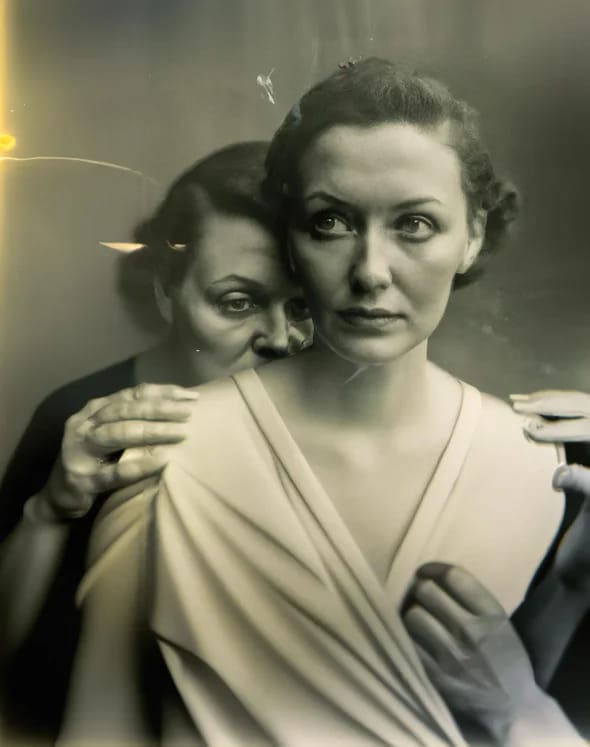
In the interview, Boris continued, “AI images and photography should not compete with each other in an award like this…. They are different entities. AI is not photography. Therefore, I will not accept the award.”
I don’t share Boris’ confidence; more pertinently, I don’t think we are focusing on the right thing.
Reaching a global resolution to the question, ‘Is AI photography?’ feels frankly inconsequential. Historically, this isn’t how technology, nor art, works. We don’t create categories for expression, and then history continues along on its merry way. If anything, the more boundaries we establish, the more ways creators can push or manipulate them – no rule in the art world has ever not been broken.
Let’s not forget that digital photography was once rejected as photography for its lack of ‘truth’, since it wasn’t a physical imprint on film.
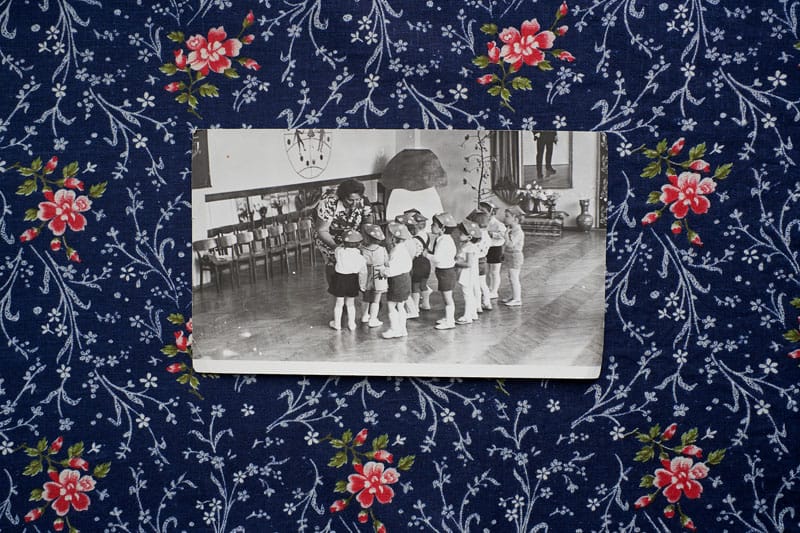
We frame technological currents through a culture vs technology dichotomy. Engaging in meta-micro-discussions of whataboutisms: AI vs photography competitions, ChatGPT vs homework, NFTs vs galleries, and Crypto vs just a whole bunch of crap. Which works to isolate and commodify these issues.
In popular discussion, AI is framed as the approaching disorder to our current natural order – assuming that our current orders are perfect. Things aren’t perfect now, so why should their deviations be?
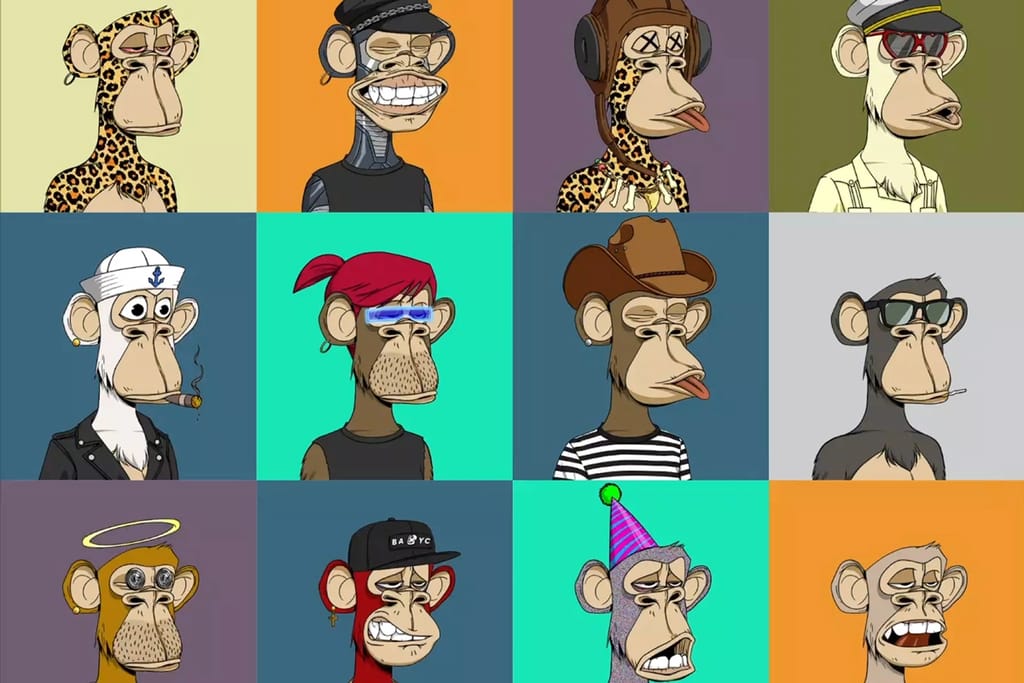
I’m not trying to be flippant about AI images in photography competitions; whether an AI image can (or should) win a photography competition is a pressing issue – but maybe not in the way we think.
It’s unrealistic to think that artists won’t experiment – Marcel Duchamp put a urinal in a gallery; we are way past being shocked that Boris Eldagsen was a “cheeky monkey”.
AI images, like photography competitions themselves, must be taken case by case. Provocations like Eldagsen’s crowning are how we turn these global technological shifts into 1-day headlines and marketing campaigns for the AI properties themselves. Boris’ win has done more for Microsoft than himself.
Maybe AI discussion shouldn’t be about rules or even ethics but a broader reflection on how we see the role of the photographer – and whether we want to limit it or expand it.
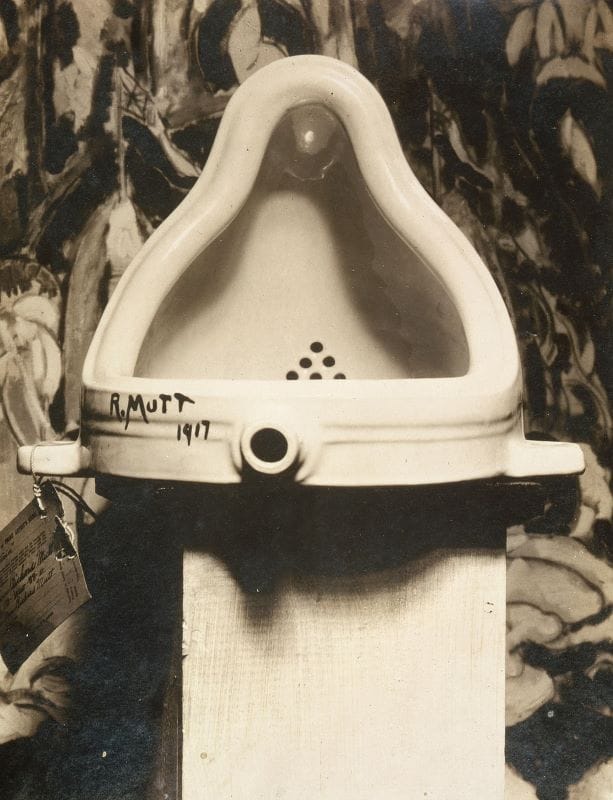
So, while we think about the future of photography, let me take you back to 2001.
After photographing the 9/11 attacks, photographer Thomas Ruff had all of his photos destroyed going through airport security.
Following this discovery, he made his infamous series Jpegs, in which he downloaded photographs of 9/11 from Google image search and then enlarged them beyond the limits of the original low-resolution file. The result is a series of distorted pixelated images, at once iconic and unrecognizable. Ruff’s Jpegs are more document than picture, pieces of informational data rather than expression given form – and yet, we know Thomas Ruff didn’t view the attack of the twin towers through a computer screen; he saw it himself, he felt the ground tremble, and the dust settle.
More than 20 years later, Eldagsen is the antithesis of Ruff. Ruff’s Jpegs encapsulate everything that can be felt around an absent image. In contrast, Eldagsen’s work is a provocation about the absence of feeling around his image. Both works are about photography, with no photography – but neither are meaningless.
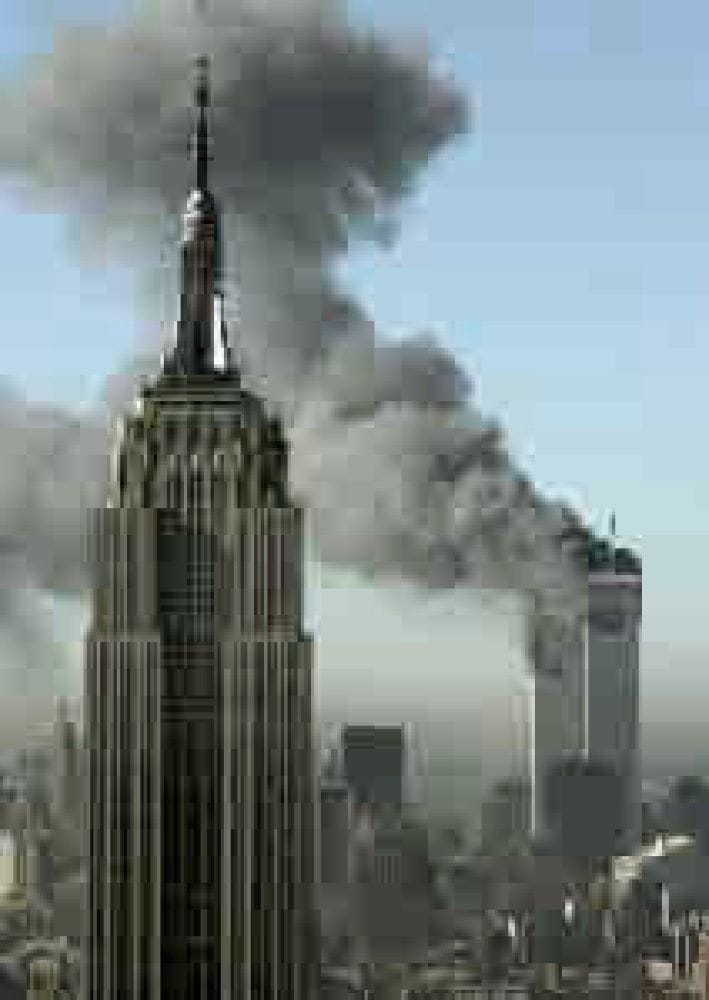
Neither Ruff nor Eldagsen worry me – what I worry about is what happens when imagery becomes more a means of data acquisition than an expression of meaning.
Artist, filmmaker and all-round digital provocateur, Hito Steyerl, said recently when asked about AI image generators;
“[It makes me think] about the beginning of statistics as being rooted in eugenics and the obsession with breeding and survival of the fittest. I wonder how imagery as such will change when it becomes thoroughly statistical instead of representational, when you don’t need any more outside input. You just need basically all your data, which are somehow organized in a statistical, latent space.”
Susan Sontag told us that photography is a vocabulary of seeing. It relies on what we already have seen to make a new image meaningful – however, the idea that tech conglomerates can effectively determine the bounds of imagery data means they dictate our means of seeing – I personally think that is *insert expletive here*. I do not fancy the likes of Elon Musk deciding the future parameters of artistic inspiration.
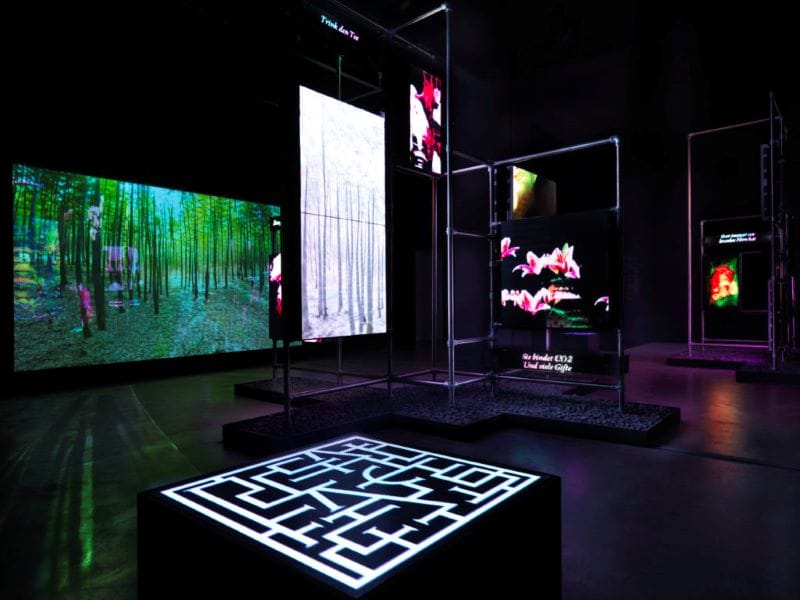
Whether we like it or not, photography is an expanded field – a liminal meta-convergence of the ever-growing network. While we can debate until the cows come home about AI’s lack of light-reactive apparatus, this only serves to make subcategories within a field already largely culturally understood as photography.
In Boris Eldagsen’s interview with Scientific American, he prefferred the term “promptography” over ‘AI photography’. I find I like this phrase too – it speaks to a new type of pictorial pursuit that isn’t photography nor can it be understood as entirely apart from photography.
While PSEUDOMNESIA: The Electrician is not a photograph in the traditional-Roland-Barthesian-sense, Boris Edelgestein is a photographer. And in a post-object world, we need to ask ourselves what we value more.
YOU MAY ALSO LIKE
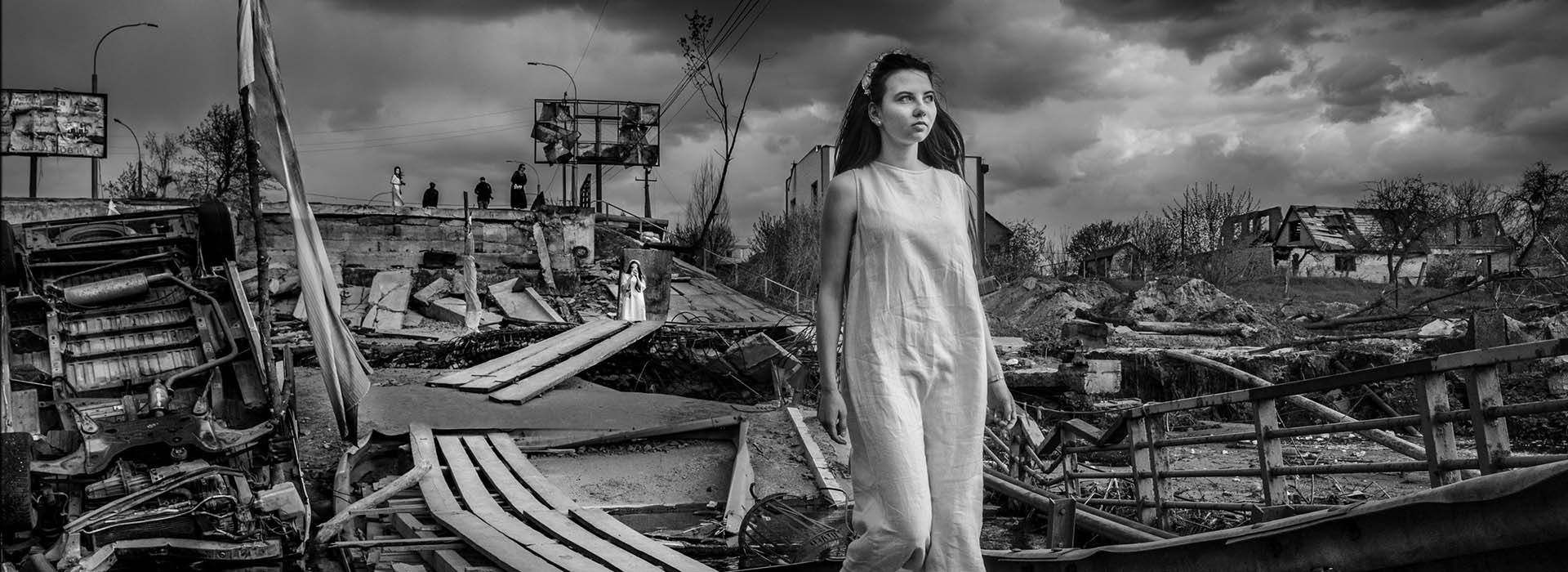









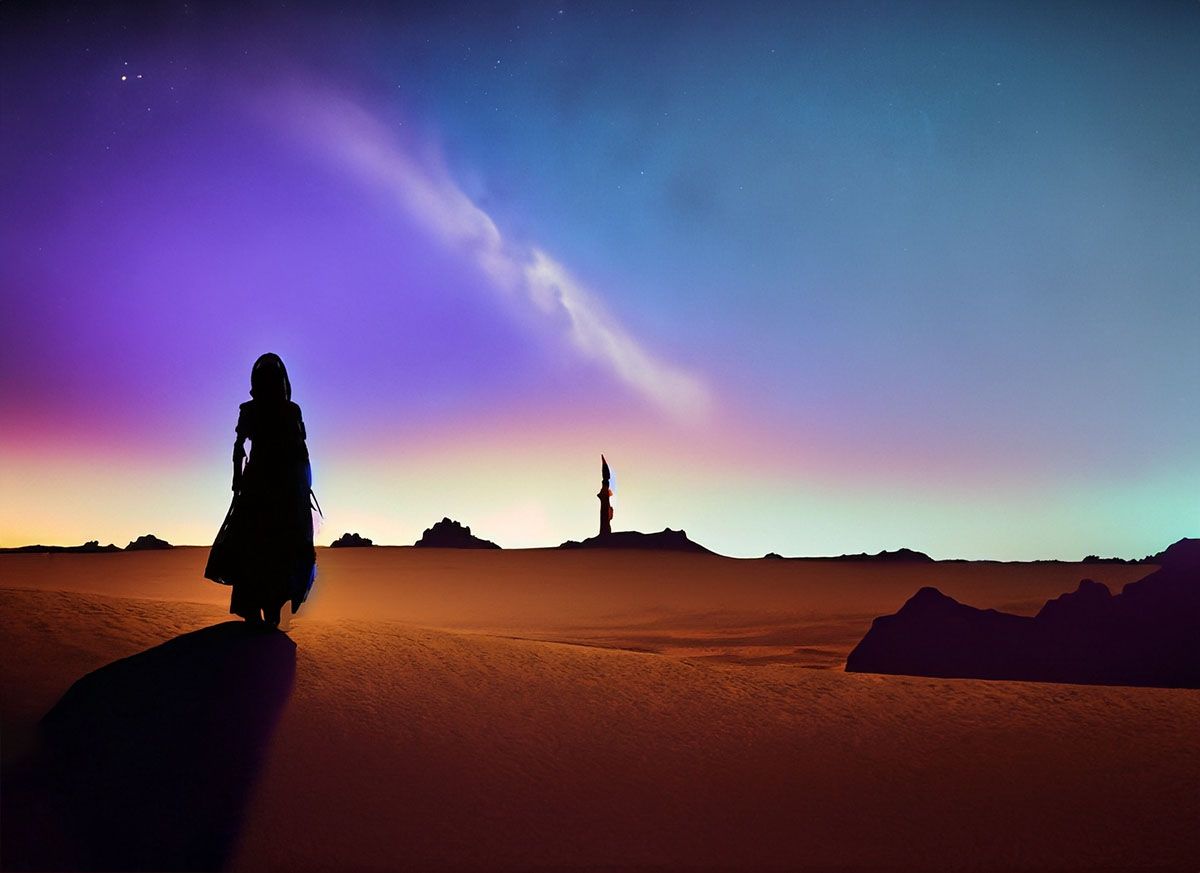
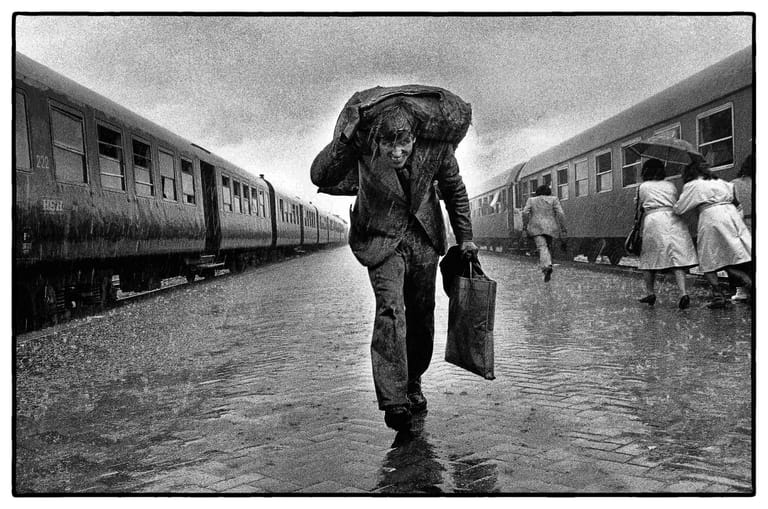
0 Comments